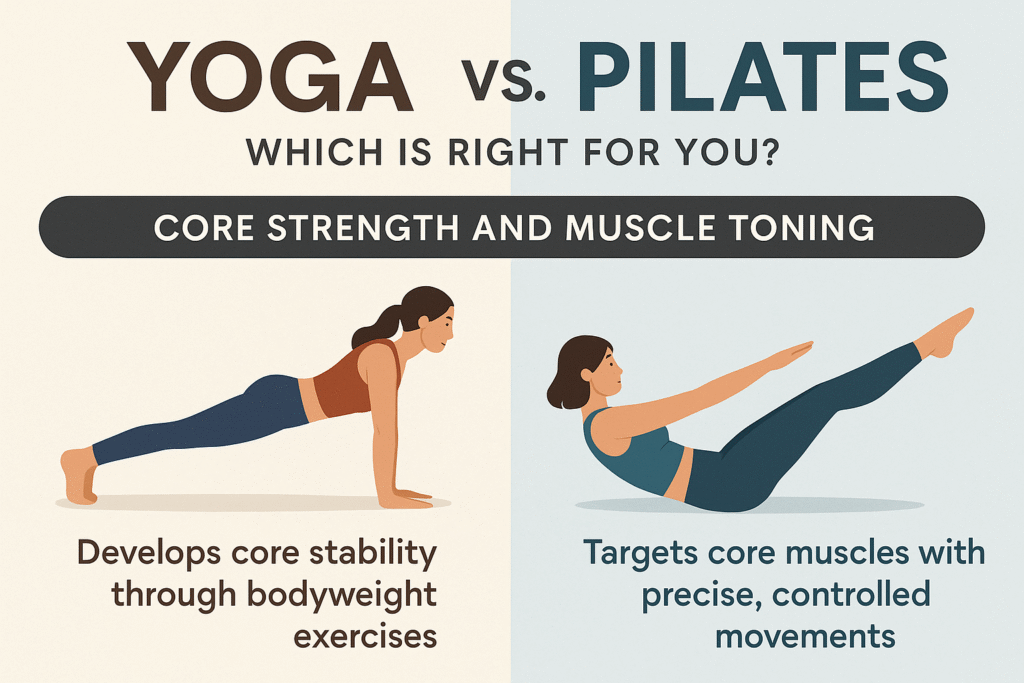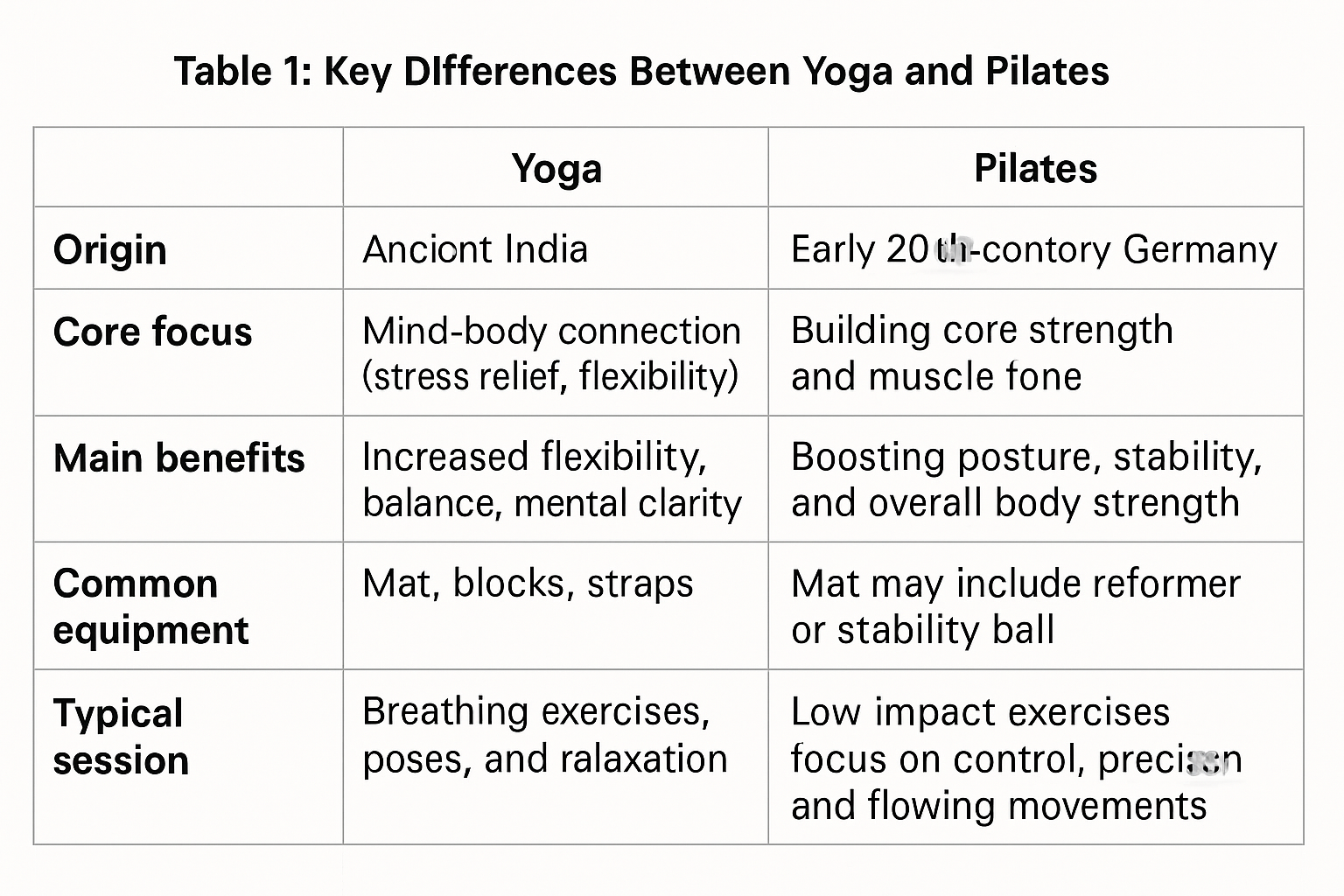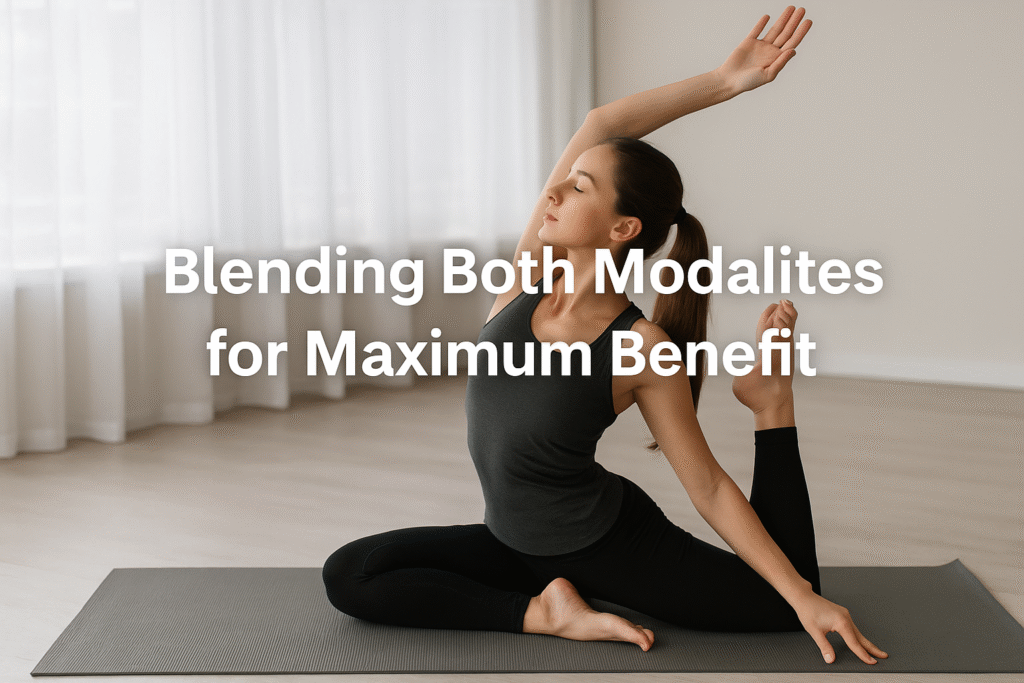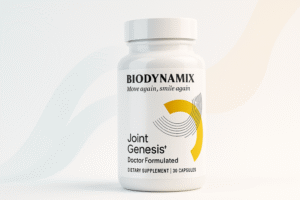Yoga vs Pilates are two of the most popular low-impact fitness practices for improving physical and mental health. While they share many benefits like flexibility, strength, and stress relief, they come from very different origins and serve unique purposes.
Whether you’re looking to ease back pain, reduce anxiety, or build core strength, understanding the difference between yoga and Pilates can help you choose the right path for your wellness journey.
Origins and Philosophies
The Ancient Roots of Yoga

Yoga is an ancient practice that originated over 5,000 years ago in India. Rooted in Hindu philosophy, it was developed as a spiritual discipline to unify the mind, body, and soul. The earliest texts like the Vedas and later the Yoga Sutras by Patanjali laid the foundation for what would evolve into modern yoga. Traditionally, it involved more than just physical postures (asanas); it also included breath control (pranayama), meditation (dhyana), and ethical principles for living a balanced life.
The Modern Beginnings of Pilates
Pilates, by contrast, is a much newer discipline. Created in the early 20th century by German physical trainer Joseph Pilates, it was originally called “Contrology.” Joseph developed the method to help injured soldiers recover during World War I and later refined it for dancers and athletes seeking precise body control and alignment.
Key Philosophical Differences
While both practices aim for mind-body harmony, yoga’s philosophy is deeply spiritual, often touching on life purpose, universal connection, and ethical living. Pilates, however, is more mechanical and rehabilitative, focused on efficiency of movement and physical conditioning.
How Mindfulness Plays a Role in Both
Mindfulness is central to both yoga and Pilates—but it’s expressed differently. In yoga, mindfulness is often spiritual, practiced through meditation, breathing, and chanting. In Pilates, mindfulness is more anatomical. You’re encouraged to focus on the precision of each movement, breathing pattern, and muscle engagement.
Physical Benefits and Body Impact
Flexibility, Posture, and Balance
Yoga emphasizes deep stretching and sustained poses that increase passive flexibility. Pilates builds flexibility through dynamic movements that simultaneously stretch and strengthen. Yoga enhances balance through challenging poses; Pilates reinforces posture by strengthening the spine, pelvis, and shoulder support muscles.
Core Strength and Muscle Toning

Pilates excels at developing a strong core by targeting deep abdominal and stabilizing muscles. Yoga also works the core, particularly in plank-based transitions, but it plays a secondary role compared to Pilates. Both practices promote lean muscle tone, but Pilates uses more controlled, repetitive movement patterns.
Impact on Back Pain and Joint Health
Yoga improves spinal mobility and stress relief through poses like Cat-Cow and Sphinx. Pilates is recommended for back issues due to its emphasis on strengthening the muscles around the spine and improving posture, with reduced strain on joints.
Long-Term Physical Transformation
Yoga enhances overall body awareness, breath control, and energy regulation. Pilates gradually reshapes the body through precise control, posture correction, and alignment. Long-term practitioners report improved balance, posture, and fewer injuries.
Mental and Emotional Health Effects
Stress Reduction and Relaxation

Yoga activates the parasympathetic nervous system, lowering cortisol and promoting deep relaxation. Pilates also aids stress relief by emphasizing breath and concentration, calming the nervous system through structure and control.
Connection Between Breathwork and Emotional Control
Yoga employs breathing techniques like ujjayi and alternate nostril breathing to regulate emotions. Pilates uses rhythmic breathing to enhance core stability and maintain composure during exertion—training emotional discipline through physical focus.
Mental Clarity and Focus Enhancement
Yoga fosters clarity by promoting meditative attention to breath and sensation. Pilates boosts mental acuity by requiring sharp focus on posture and controlled movement, encouraging body awareness and precision.
Yoga vs. Pilates for Mindfulness Practice
Yoga offers a rich toolkit for mindfulness: breathwork, meditation, visualization, and philosophical reflection. Pilates fosters mindfulness through bodily precision, helping practitioners stay fully present in their movements.
Choosing Based on Fitness Goals and Lifestyle
Best Option for Weight Loss and Fat Burn
Power Yoga and Vinyasa styles raise heart rate and burn calories effectively. Pilates contributes to fat loss by building lean muscle, increasing your resting metabolic rate. Combined, they’re a potent weight-loss pair.
Ideal for Injury Recovery and Rehab
Pilates was designed for rehabilitation. Its low-impact, alignment-focused routines make it ideal for those healing from injuries. Gentle yoga styles like Restorative Yoga also aid recovery through passive stretching and nervous system relaxation.
Which Fits Better in a Busy Schedule
Pilates routines are goal-driven and efficient, with targeted workouts possible in 20 minutes. Yoga flows, while adaptable, typically require more transition time and mental space due to opening and closing sequences.
Budget, Equipment, and Accessibility
Yoga is accessible with just a mat. Pilates may involve accessories like rings or bands, especially in studio formats, but mat-based Pilates is effective and beginner-friendly.
Class Types, Online Options, and Community Support
Yoga offers styles from hot yoga to prenatal, with broad global appeal. Pilates classes are often smaller, more technical, and offer hands-on correction. Both practices are widely available on platforms like Peloton, Alo Moves, and Glo.
Expert Opinions and Success Stories (Bonus Section)
Yoga vs Pilates: What the Experts Are Saying
Fitness professionals and rehabilitation experts often suggest Pilates for those recovering from injuries or seeking precise muscular control. According to the American Council on Exercise (ACE), Pilates is particularly effective for strengthening the core and improving posture—key elements in injury prevention.
Yoga, however, is widely praised by holistic health coaches, mental health professionals, and even neurologists for its full-body approach. The Cleveland Clinic reports that regular yoga practice can reduce symptoms of anxiety and depression, and improve sleep and immune response.
Experts agree that integrating both practices can offer the best of both worlds.
Inspiring Stories from Yoga and Pilates Practitioners
Pilates has helped seniors regain strength and athletes rehabilitate injuries. Yoga has supported mental recovery in veterans with PTSD and busy professionals battling burnout. These practices foster resilience and self-care beyond fitness.
Blending Both Modalities for Maximum Benefit

Try Pilates early in the week to activate your core and follow up with yoga for emotional balance. Mixing the two allows your body to benefit from strength and mobility while keeping your mind centered.
✅ Expert Summary
A hybrid routine improves flexibility, stability, mental clarity, and physical strength—while reducing injury risk and burnout.
Conclusion
Yoga and Pilates are both powerful tools for improving your physical and mental health, but they offer unique paths to wellness. Yoga connects movement with breath and spirituality, encouraging introspection, flexibility, and emotional balance. Pilates focuses on alignment, core strength, and body control, helping you build a solid physical foundation with precision and purpose.
Your choice doesn’t have to be exclusive. The most successful wellness routines often blend both practices, allowing you to enjoy the flexibility of yoga and the stability of Pilates in harmony. Whether you’re recovering from an injury, aiming to reduce stress, or simply seeking a healthier lifestyle—there’s a place for both on your mat.
Listen to your body, explore what works for you, and remember: consistency matters more than perfection.
Further Reading
To complement your understanding of body-mind practices, explore these guides from our blog:
- The Benefits of Mindfulness Meditation – Learn how meditation can support stress relief, emotional balance, and deeper mental clarity.
- 10 Best Exercises for Rapid Weight Loss – Discover high-impact routines that burn fat fast and boost your fitness goals.














